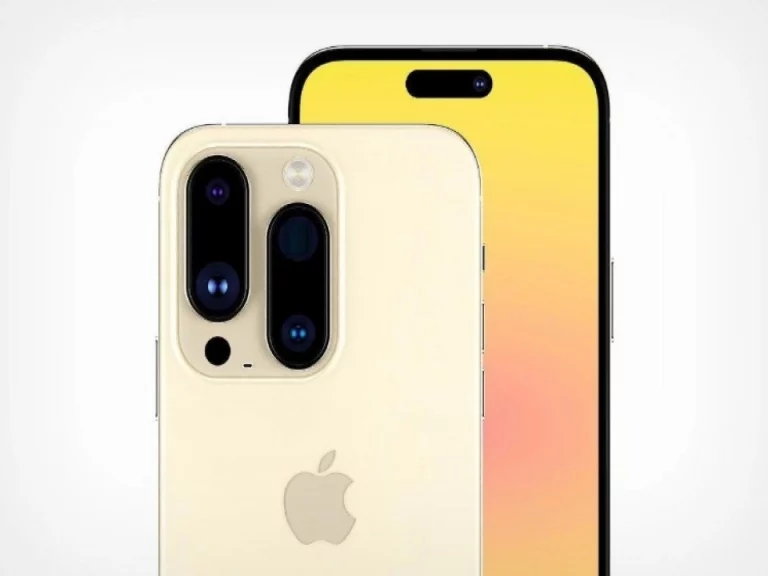The Benefits of Automating HVAC System Configuration
Heating, ventilation, and air conditioning (HVAC) systems play a crucial role in maintaining a comfortable and healthy indoor environment. Traditional HVAC systems often involve time-consuming manual configurations, which can lead to delays and human error. The advent of automation in this field is revolutionizing the way we install and manage these essential systems. Automating the configuration process not only saves time but also enhances performance and efficiency. Below, we will explore the myriad benefits that automation brings to HVAC system configuration and management.
Understanding HVAC System Configuration and Automation
The process of HVAC system configuration encompasses the selection, sizing, and setup of equipment to meet specific requirements of a building. This involves precise calculations and adjustments to ensure optimal heating, cooling, and ventilation. In traditional settings, this process requires a technician to manually input various parameters, which can be both labor-intensive and prone to error.
However, with automation, sophisticated software tools can handle the configuration process, drastically reducing the time and effort required. These advanced systems, like the HVAC configurator, swiftly analyze building parameters to propose the most efficient equipment setup. The software can often integrate with building information modeling (BIM) systems, allowing for a seamless design and implementation process.
Automation in HVAC configurations enables dynamic adjustments to be made based on real-time data. As a result, HVAC units can operate at their highest efficiency, adapting to changes in occupancy, weather patterns, and other environmental factors without human intervention. It is this level of precision that marks a major leap forward for the industry.
Enhancing Energy Efficiency through HVAC Automation
Energy efficiency is a vital component of modern HVAC as it reduces operational costs and minimizes the environmental impact. Automated systems excel in optimizing energy usage by constantly analyzing and adjusting settings to the current needs of the building. Parameters such as temperature, airflow, and timing can be managed with unparalleled precision.
Automation software employs algorithms that can detect inefficiencies and rectify them automatically. For example, it can determine when a space is unoccupied and scale back heating or cooling to conserve energy. This not only ensures comfort when spaces are in use but also prevents waste when they’re not.
Data collected from automated systems can also provide insights into patterns and potential areas for energy-saving improvements. By analyzing this data, facility managers can make informed decisions regarding system upgrades and retrofits, leading to long-term sustainability benefits.
Furthermore, advanced HVAC automation aligns with state and federal regulations aimed at reducing energy consumption and carbon footprints. By automating systems, companies move closer to achieving their green building and LEED certification goals, attesting to their commitment to environmental consciousness.
Improving Comfort and Control With Smart HVAC Systems
Automated HVAC systems not only contribute to operational efficiency but also significantly improve occupant comfort. By continuously monitoring indoor conditions and making immediate adjustments, these systems ensure that the indoor climate remains within a comfortable range. Occupants can often control settings via user-friendly interfaces or apps, personalizing their immediate environment to suit their preferences.
The integration of automation in HVAC systems also translates to better indoor air quality, an aspect that is critical for health and well-being. Systems can regulate humidity and filter air to remove pollutants and allergens, contributing to a healthier indoor climate. In spaces like hospitals, where air quality is paramount, automated HVAC prove indispensable.
Cost Savings and ROI of Automated HVAC Configurations
Investing in automated HVAC configurations may seem daunting initially, but it is a decision that pays off exponentially in the long run. Automation significantly reduces energy consumption by ensuring that the system operates only as needed. This efficiency translates to lower utility bills, making a direct impact on a building’s operating costs.
Aside from the immediate savings on energy expenses, automation in HVAC systems also slashes maintenance costs. With predictive maintenance and faster diagnostic capabilities, systems require less frequent repairs and fewer resources for troubleshooting issues. The longevity of well-maintained equipment further reduces the need for replacements.
The enhanced performance of automated HVAC systems also contributes to an accelerated return on investment (ROI). As buildings operate more efficiently and sustainably, they can achieve certifications that increase their market value and attract tenants who prioritize environmental responsibility. Additionally, employee productivity and health benefits can indirectly contribute to an organization’s overall financial health.
Overall, the automation of HVAC system configuration stands as a transformative development in the realm of building management. The convergence of energy efficiency, enhanced maintenance, improved comfort, and financial savviness makes a compelling case for the integration of smart HVAC solutions.







